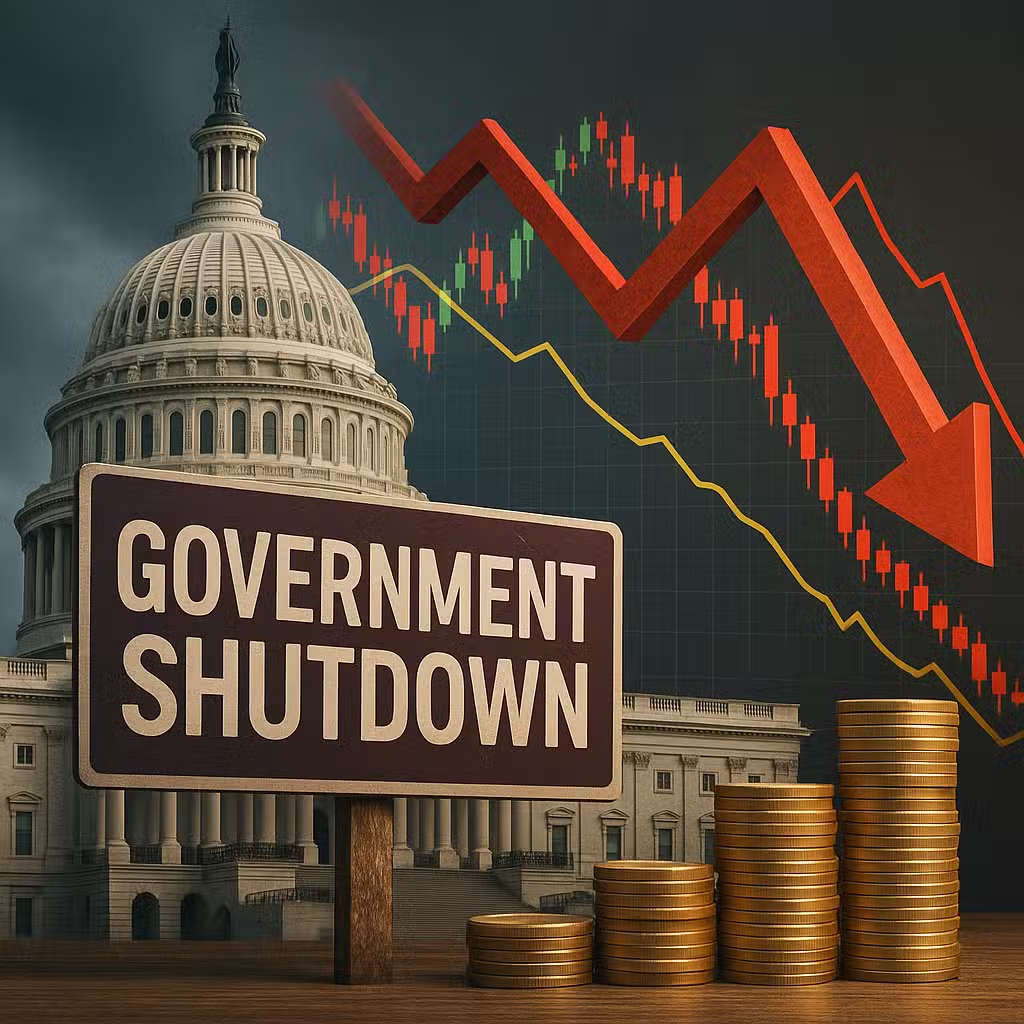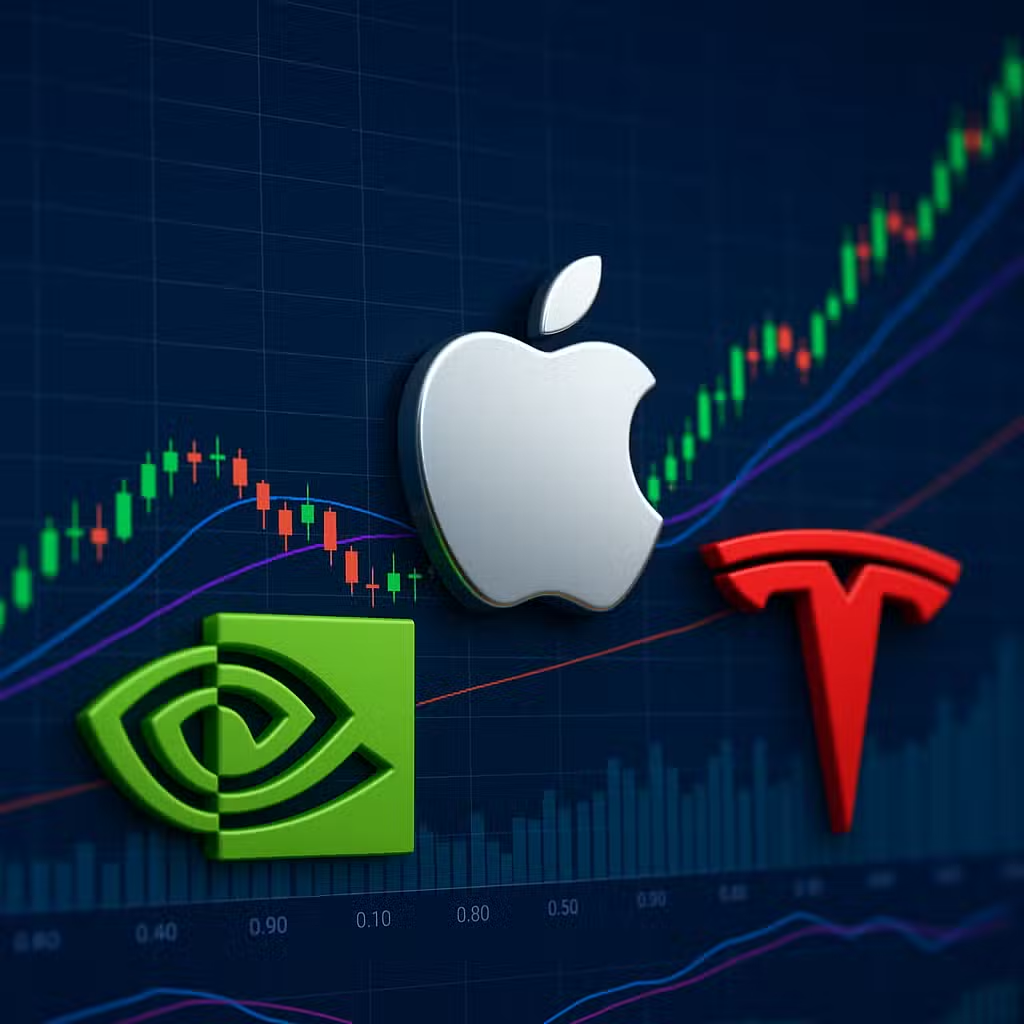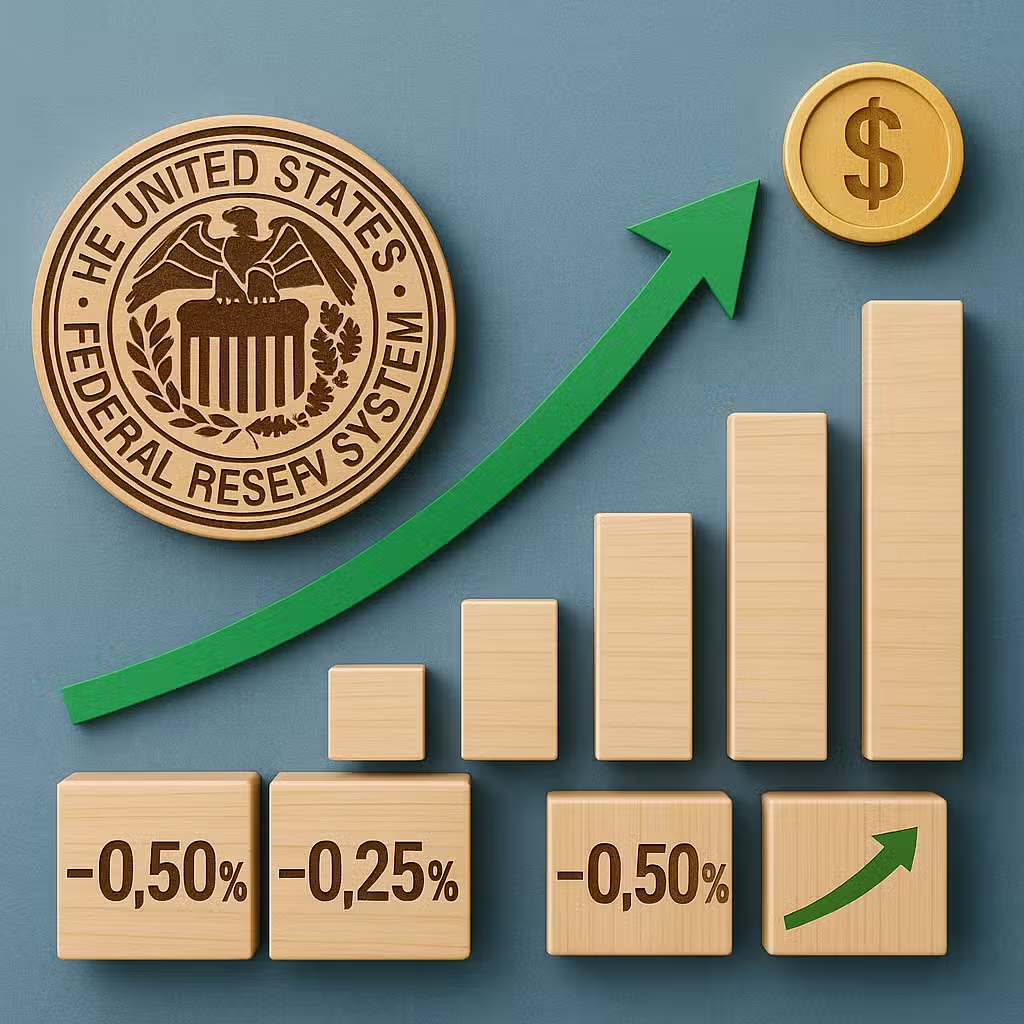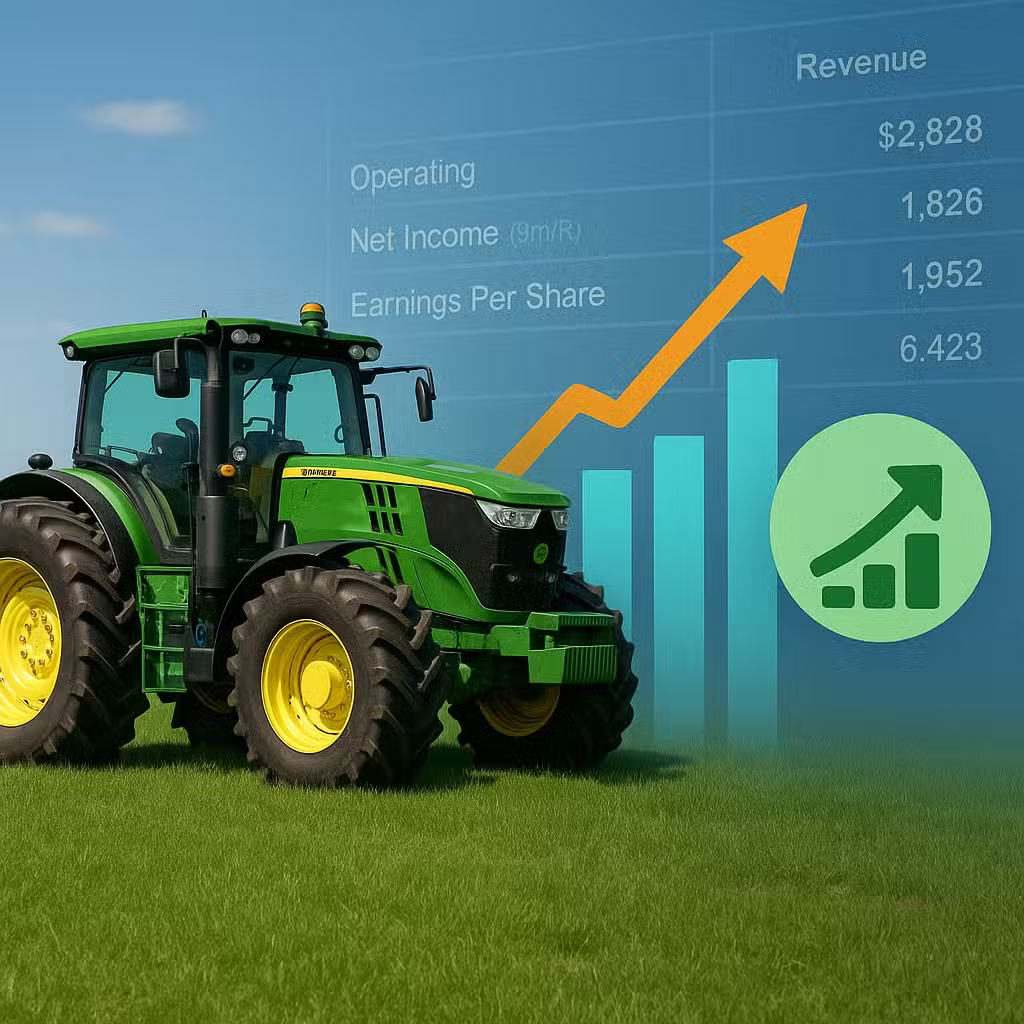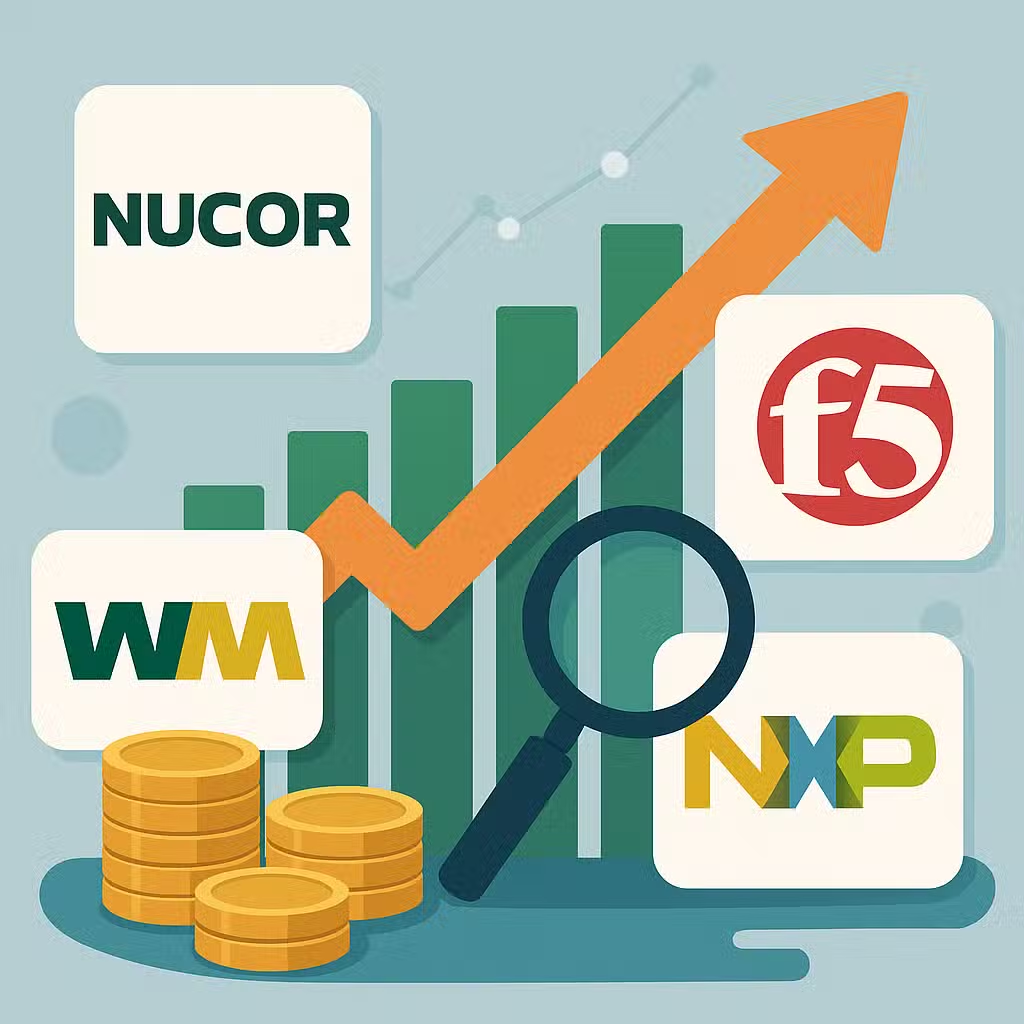Shift in Investor Preferences as Traditional Strategy Loses Ground Amid Record Stock Market Highs
Imagine if your entire lunchbox was filled with just one kind of food—let’s say apples. Sure, apples are tasty, but too much of one thing can get boring and isn’t balanced. That’s a lot like what’s happening in the investing world right now, and it matters for anyone with money in the stock market.
Why Investors Are Rethinking ETFs
For years, many investors have used exchange-traded funds (ETFs) to easily buy a piece of the whole market. A popular choice has been the Vanguard S&P 500 ETF (VOO), which tracks the S&P 500 index. This year, both VOO and the S&P 500 are up nearly 16%—which sounds great at first glance.
But more investors are starting to wonder if just “buying the index” is enough. They want more variety in their portfolios, kind of like wanting more than just apples in that lunchbox.
Bull Case: Why Index ETFs Still Shine
- Easy Diversification: ETFs like VOO give you a quick way to own hundreds of companies with one purchase.
- Strong Returns: The S&P 500 has a long history of growth. Over the past decade, it’s averaged about 12% per year (Statista).
- Low Fees: Index ETFs usually have lower costs than funds managed by humans.
Bear Case: Trouble with Too Much Tech
- Less Variety: Tech stocks now make up over 35% of the S&P 500—a record high. That’s like having your lunchbox mostly apples (CNBC).
- Other Sectors Shrinking: Defensive sectors like consumer staples, health care, energy, and utilities are down to just 19% of the index, their lowest ever.
- Hidden Risks: If tech stocks stumble, the whole index could take a hit.
Where Are Investors Looking Now?
Some investors are exploring small-cap stocks—companies that aren’t as big as giants like Apple or Microsoft. The Russell 2000, which tracks small caps, just hit a record high and is up more than 28% in the last six months. That’s even better than the S&P 500 lately.
There’s also more interest in international stocks, which can offer different risks and rewards than U.S. tech companies.
What’s Next? Big Tech Still Matters
Even though some investors are branching out, “big tech” companies still get a lot of attention. Five of the “Magnificent 7”—Meta, Alphabet, Microsoft, Apple, and Amazon—are about to report their earnings. What they say could move the whole market.
History shows that when one sector gets too big, markets can become unbalanced. For example, during the dot-com bubble in 2000, tech stocks made up about 33% of the S&P 500. When the bubble burst, the index fell more than 40% over two years (Investopedia).
Investor Takeaway
- Check your mix: Don’t let your portfolio turn into a one-food lunchbox. Make sure you’re not too heavy in tech stocks, even if you own index funds.
- Think small (and global): Consider adding small-cap and international funds for more balance.
- Watch the giants: Keep an eye on big tech earnings—they still have the power to shake the market.
- Remember history: When one sector gets too big, risks go up. Stay diversified to protect your money.
- Review regularly: The market changes fast. Check your investments at least once a year, or when big news hits.
For the full original report, see CNBC


